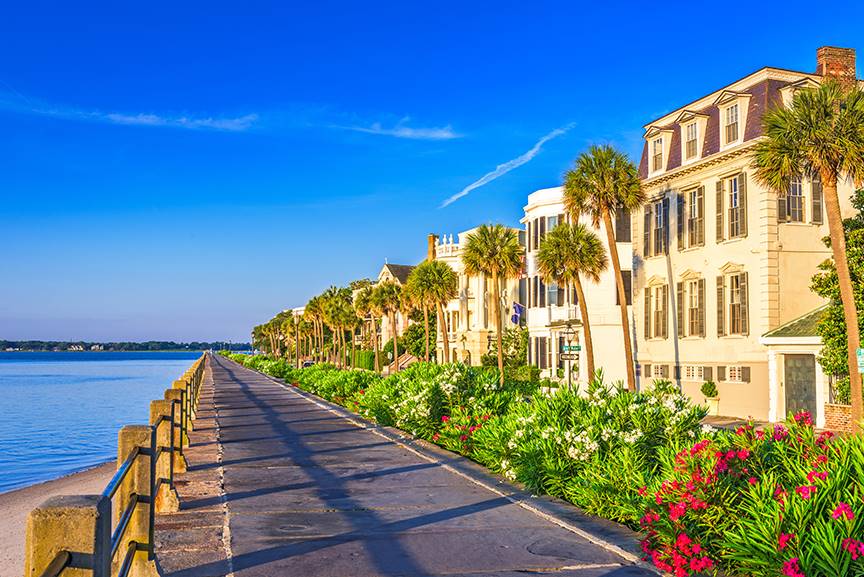 Nearly 40% of the U.S. population lives in coastal areas, contributing an estimated 56 million jobs and over $8.3 trillion to the economy, according to the National Oceanic and Atmospheric Administration (NOAA). Sea level rise will make these vital coastal communities more susceptible to damage from storm surge and coastal flooding, both of which will increase in severity with climate change trends. According to NOAA, the national sea level has risen 2.6 inches since 1993, and conservative models estimate an additional 1.6 feet of rise over the next 100 years. As an engineering firm, Hanson is presented with an important opportunity in the face of this adversity: designing with resilience.
Nearly 40% of the U.S. population lives in coastal areas, contributing an estimated 56 million jobs and over $8.3 trillion to the economy, according to the National Oceanic and Atmospheric Administration (NOAA). Sea level rise will make these vital coastal communities more susceptible to damage from storm surge and coastal flooding, both of which will increase in severity with climate change trends. According to NOAA, the national sea level has risen 2.6 inches since 1993, and conservative models estimate an additional 1.6 feet of rise over the next 100 years. As an engineering firm, Hanson is presented with an important opportunity in the face of this adversity: designing with resilience.
A joint report by the Center for Climate Integrity and Resilient Analytics estimates that the United States will require approximately $400 billion by 2040 to protect the communities of its 22 coastal states (50,000 miles of coastline). Florida and Louisiana alone will require over $100 billion dollars to defend their coastlines by constructing seawalls.
Resilient design, however, does not always mean hardening the shorelines with rip-rap and seawalls. Marsh creation, coastal habitat restoration and living shorelines are just a few examples of green engineering that can be used to combat the side effects of rising seas while keeping the coast open to tourism and recreation. The Coastal Texas Protection and Restoration Feasibility Study evaluates various methods for protecting Texas coastal communities using a diverse combination of strategies ranging from dune enhancement to the creation of storm surge barrier gates along the Houston Ship Channel. Resilient coastal design will require a multifaceted approach, combining traditional hard structure protection and green engineering.
Whether it is monitoring shoreline and dune erosion along county beaches or designing and permitting the creation of oyster reefs to combat coastal erosion, Hanson can provide multiple services to identify problems and design solutions to help keep coastal clients resilient.
Sea level rise will affect some coastal communities more than others. Combined with coastal erosion and subsidence, some communities will face greater challenges with storm surges, nuisance tides and coastal flooding as sea levels increase. Resiliency in coastal engineering goes beyond sea level rise and evaluates how these additional challenges must be addressed in the face of increasing coastal populations and industry.
There are many free online tools that can be used to understand how sea level rise will affect the communities where we work. NOAA’s Sea Level Rise Viewer is a great place to start. Successful designs will require a deeper understanding of the problems at hand and developing innovative solutions to address them.
For more information on Hanson’s coastal resiliency services, contact Tony Comerio at tcomerio@hanson-inc.com.